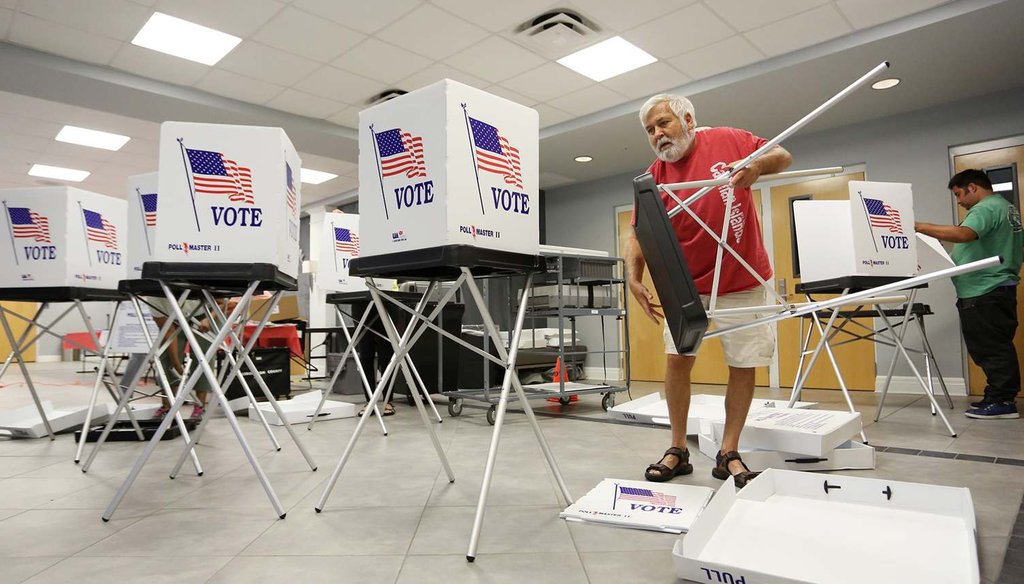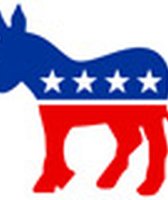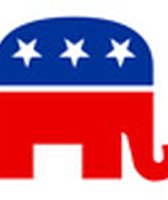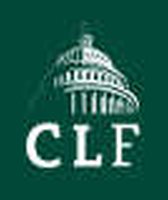Stand up for the facts!
Our only agenda is to publish the truth so you can be an informed participant in democracy.
We need your help.
I would like to contribute

Groups have spent millions of dollars on political advertising that stretches the truth and twists the facts in hopes of capturing one thing: Your vote.
Groups spending lots of money on commercials before the Nov. 2 congressional elections are dominating the airwaves with claims that repeatedly mar the truth.
One ad, for example, says that Ohio Lt. Gov. Lee Fisher supported President Barack Obama"s stimulus plan, which "failed to create jobs," and that Fisher backed "a $1.1 billion tax increase." A conservative political group, American Crossroads, has spent $366,263 on the ads in an effort to keep Fisher, a Democrat, from becoming a U.S. senator.
What TV viewers may not know is that the claims are incomplete, with elements of truth (a long-ago proposed tax increase for schools, backed by both parties) mucked up with distortions (the stimulus did create jobs, though people dispute the scope of hiring).
Equally off-base: a new TV commercial by National Education Association, a teachers" union that"s spending $550,000 to berate Republican congressional candidate Tom Ganley. By accusing Ganley, a Northeast Ohio car dealer, of signing a pledge to protect tax breaks for companies that ship jobs overseas, the ad takes a seed of truth and nourishes it with enough conjecture to grow it beyond recognition, according to independent reviews of identical claims in other political contests.
Politics isn"t a beanbag, and with millions of ad dollars flowing into Ohio from outside groups — groups that do not coordinate their spending with the candidates, or at least may not legally — the claims are flying like wild pitches. The Plain Dealer"s PolitiFact Ohio and independent groups such as FactCheck.org are increasingly blowing the referee"s whistle on the distortions.
Yet the sponsors of the ads continue unabated, convinced, apparently, that the truth, or the whole truth, doesn"t win elections.
In one week this month, PolitiFact Ohio judged an ad by the National Republican Congressional Committee, attacking U.S. Rep. John Boccieri of Alliance for voting 93 percent of the time with liberal House Speaker Nancy Pelosi, as "Barely True." A claim by the Ohio Democratic party, saying Ganley supports a 23 percent national sales tax, was also determined to be "Barely True." The American Crossroads commercial criticizing Fisher was deemed "Half True."
Nationwide, PolitiFact has been reviewing political commercials for an NPR feature called the Message Machine. Of 38 commercials aired by outside groups that were reviewed for the Message Machine so far this election cycle, only one was given a rating of "True."
Six were rated "False" and 11 were "Barely True." Two were so absurdly inaccurate as to merit a "Pants on Fire" rating.
There are other arbiters of current claims. Ohio"s other large newspapers including the Columbus Dispatch and Cincinnati Enquirer regularly analyze the ads and call out the problems.
Don"t trust the papers? Then take the topics on the home page of FactCheck.org, a project of the Annenberg Public Policy Center of the University of Pennsylvania.
- "Foreign Money? Really? Democrats peddle an unproven claim." This is about claims that the U.S. Chamber of Commerce used the dues of foreign members to pay for political ads, which would be illegal.
- "A New Twist on an Old Tax Attack. Democrats continue misusing tax pledge, but this time against a gubernatorial candidate." This one relates to a pledge by many Republican candidates not to raise taxes — which is not the same as saying they"d never close foreign tax loopholes and lower taxes elsewhere, despite Democrats" insistence that it is.
- "Did the Stimulus Create Jobs? Yes, the stimulus legislation increased employment, despite false Republican claims to the contrary." The thesis on this one is clear from its title.
Independent political ads tend to be attack ads, and attack ads aren"t necessarily bad, cautions Brooks Jackson, a former Wall Street Journal and CNN reporter who now directs FactCheck.org. If they reveal a candidate"s criminal past or sort out useful information, they can be enormously helpful.
"That said, there"s political science research that says that attack ads tend to be more dense with factual information," Jackson said. He contrasts those with candidate ads, which sometimes show the candidate, a spouse or family, a flag and a golden retriever, with the singular message: He"s a great guy and deserves your vote.
With more factual claims, then, "just by the law of averages we tend to find more to quibble with" and dispute.
These are boom times, then, for quibbling, though that"s no comfort to the candidates under attack.
"The lies about Tom Ganley being perpetuated by third-party groups only distract from the real issues at hand in the 13th [congressional] district," said Meghan Snyder, a Ganley spokeswoman. She says the campaign should be about "bringing jobs back to Ohio and getting our economy moving again without resorting to big government spending."
Late in the day Sept. 29, outside spending on U.S. House and Senate races in Ohio had reached nearly $3.7 million. By Monday, 12 days later, the total was $7.65 million, according to independent expenditure tracking by the nonpartisan Sunlight Foundation. The sums will grow higher by the day, based on announcements by interest groups that have not yet filed expenditure reports.
Ten Ohio candidates have been targets or beneficiaries of outside groups to the tune of at least $125,000 per contestant. None has been more heavily attacked than Jim Renacci, a Republican businessman challenging Boccieri.
Outside groups have spent more than $1.8 million against him so far. That includes $834,346 from the American Federation of State, County and Municipal Employees and another $435,000 by the Service Employees International Union. Both say Renacci wants to impose a 23 percent national sales tax. Renacci has supported such a tax, but the ads fail to note that the tax would replace other current taxes.
"It"s really unfortunate that the first casualty in the ad campaign being run against Jim Renacci was the truth," said the candidate"s spokesman, James Slepian.
If it"s any consolation, Boccieri, the Democratic incumbent, is also under attack, with $1.16 million worth of outside opposition ads so far. That includes $634,293 from the 60-Plus Association, a group that said votes by Boccieri and others for the national health care overhaul will cut $500 billion from Medicare and harm seniors. PolitiFact called the ad "Barely True," noting that Medicare will actually grow and the curtailment is in the rate of growth.
But the 60-Plus Association has spent $5.1 million airing it across the country. We"ll know Nov. 2 if the investment paid off.
Our Sources
PolitiFact Ohio, "American Crossroads attacks Lee Fisher for support of $1.1 billion sales tax ballot issue for education," Oct. 5, 2010
PolitiFact Ohio, "NRCC ad bills Rep. John Boccieri's voting record as proof he's Nancy Pelosi's puppet," Oct. 8, 2010
PolitiFact Ohio, "Ohio Democratic Party charges that Tom Ganley supports a 23 percent national sales tax," Oct. 6, 2010
PolitiFact.com, Message Machine
PolitiFact Ohio, "AFSCME accuses Republican Jim Renacci of supporting a 23 percent national sales tax," Aug. 19, 2010
Service Employees International Union, "Investigation," Posted to YouTube Sept. 16, 2010
National Education Association, "Failed," posted to YouTube Oct. 5, 2010
FactCheck.org
Interview with Meghan Snyder, spokeswoman for Tom Ganley
Interview with James Slepian, spokesman for Jim Renacci
Interview with Brooks Jackson, FactCheck.org
















































